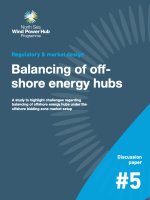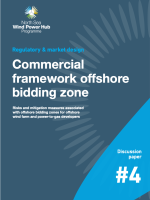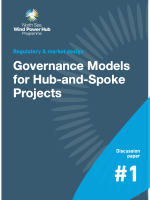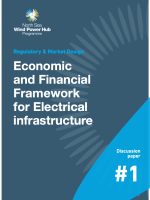The first Hub-and-Spoke energy island
A new energy island that built in the North Sea off the coast of Denmark, could be the first in a network of hubs that connect far offshore wind farms to North Sea Countries’ energy markets, as envisioned by the North Sea Wind Power Hub Programme. The ambition of the Danish Government is that an energy island should connect at least 10 Gigawatts offshore wind. Likely not all in once but through a phased approach. The steps that need to be taken in order to realise this energy island are not only technical, legal and economical but also political and of a cross-border nature, says Peter Larsen, workstream lead Markets and Regulation.
Start in Denmark
This is not considered a solely Danish project, stresses Larsen. “It’s the first potential energy island and hub-and-spoke project. In Danish waters, yes, but it could conceptually be in any other country and with a similar international perspective. An almost unanimous Danish Parliament has agreed to cut greenhouse gas emissions by 70 percent in 2030 (compared to the 1990 level, red.). Further built out of renewable energy and direct and indirect electrification is an important step towards that goal.”
High ambition
The ambition is that the energy island should be built in 2030. In order to realise this ambitious timeline, the Danish government has prioritised work to explore how an energy island could be realised and if other countries would have a shared interest in coordinated large-scale roll-out of offshore wind in the North Sea towards 2050. TSOs and the North Sea Wind Power Hub Programme merely facilitate governments in connecting the Hub-and-Spoke concept to an energy system wide approach.
Such an approach includes more than just generating electricity from large wind farms.” Because the ambitions of Denmark and other countries reach further, explains Larsen. “Towards and after 2030, Europe has to decarbonise not just the energy sector but also all other sectors and inter alia through increased electrification and indirect electrification by converting electricity into other energy carriers that can decarbonise transport, shipping and aviation.” In future years we may be driving, sailing and flying on wind energy and the vast unharvested energy ressources in the North Sea (as well as other suitable locations) could help us fulfil this vision.




